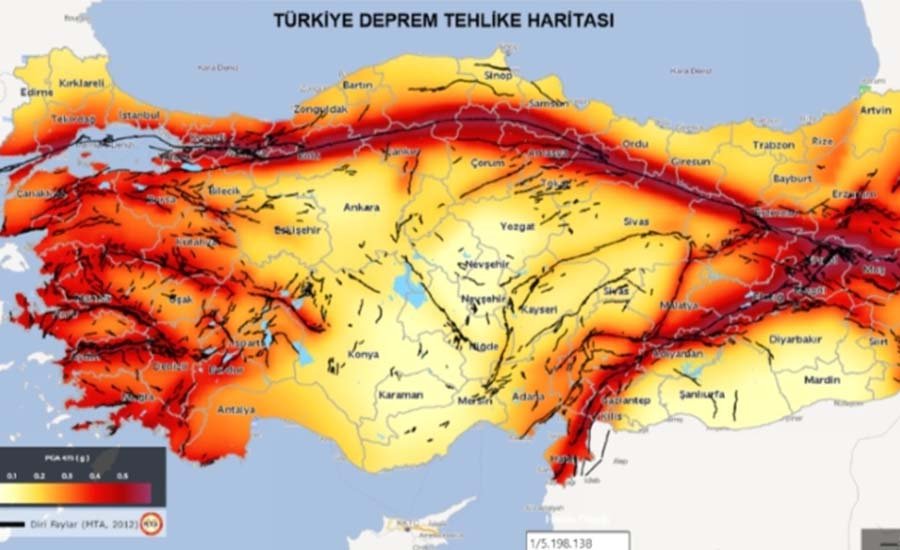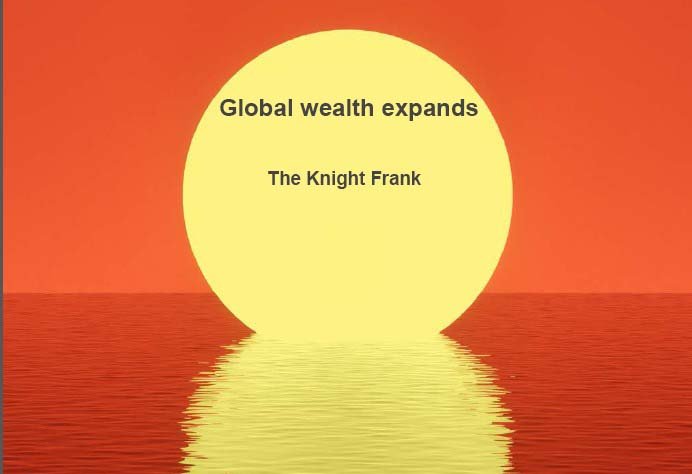читайте также
 Hotels in Vietnam: weak service and climate risks
Hotels in Vietnam: weak service and climate risks
 New housing rental rules in Greece
New housing rental rules in Greece
 Turkey at the Epicenter of Seismic Risk: 100 Earthquakes a Day
Turkey at the Epicenter of Seismic Risk: 100 Earthquakes a Day
 Global Wealth Map: The U.S. Maintains Leadership, Asia Strengthens Its Position
Global Wealth Map: The U.S. Maintains Leadership, Asia Strengthens Its Position
 Money Transfers to Georgia Increase: USA, Italy and Russia Lead
Money Transfers to Georgia Increase: USA, Italy and Russia Lead
 Londoners no longer want to buy property outside the city
Londoners no longer want to buy property outside the city
International Private Investment: Analysis of the European Real Estate Market in 2025

The Analytical Group International Private Investment presents a general overview of the European real estate market in 2025.
Experts have analyzed housing prices in Europe, real estate market trends in 2025, as well as investments in European real estate, their benefits, and risks.
In 2025, the European real estate market demonstrates diverse trends and dynamics across different segments and regions.
In this study, we will examine key aspects of the European real estate market, including residential, commercial, industrial, retail, and hotel properties.
Special attention will be given to price analysis in key markets, price dynamics, rental yields, and investment prospects.
We will also take a closer look at the situation in Georgia, where two main segments of the residential real estate market have formed, and the highest potential in branded hotel real estate in Europe is observed.
Residential Real Estate
In 2025, the European residential real estate market is characterized by stability and moderate price growth in most Western European countries.
According to Varso Invest, price growth of 2-3% is expected in France and Germany, with Paris and Berlin remaining the most attractive cities for investment.
In Scandinavia, a rise of 4-5% is projected, especially in the suburbs of Stockholm and waterfront areas of Copenhagen, due to the ongoing remote work trend and increased housing demand in these locations.
Southern Europe shows mixed dynamics. In Spain, coastal markets like Malaga and Valencia show a 5-6% price increase, whereas in Portugal, restrictive changes to the "Golden Visa" program negatively impact Lisbon's luxury real estate market, although Porto continues to gain popularity among investors.
In Eastern Europe, Poland and Romania are experiencing steady price growth of 3-5%, with Warsaw and Bucharest remaining attractive due to stable economies and increased foreign investment.
Commercial Real Estate
The commercial real estate sector in Europe continues to recover after the pandemic.
In Spain, 564 major corporate mergers and acquisitions were recorded in 2024, confirming high activity in this segment, reports El Pais.
Madrid stands out as one of Europe's most dynamic office real estate markets, though there is polarization between central districts and the periphery.
The logistics sector continues to grow due to increased e-commerce demand, leading to higher demand and rising rental rates.
Retail real estate also shows significant investment growth, especially in shopping centers.
Industrial and Warehouse Real Estate
The rise of e-commerce is driving demand for logistics and warehouse spaces across Europe.
In the UK, according to Financial Times, despite the end of tax incentives for home purchases, the warehouse real estate market remains stable due to sustained demand from online retailers.
Retail Real Estate
Investments in retail real estate in Europe are increasing, especially in the shopping center segment.
Spain is seeing a growing interest in retail spaces due to recovering consumer activity and retailers adapting to new market conditions.
Hotel Real Estate
The hotel real estate sector in Europe is showing signs of recovery after the pandemic.
In the UK, despite economic challenges, demand for hotel rooms remains stable, particularly in tourist centers.
Investors are showing interest in hotel projects targeting domestic tourism and international business travel.
Price Dynamics in Key Markets
In 2025, the fastest-growing real estate markets in terms of price increases are:
Riga, Latvia: average rental yield of 8.47%, attracting investors due to affordable prices and high demand, notes Index Box.
Dublin, Ireland: yield of 6.83%, according to Euronews, due to a developed economy and high housing demand.
Podgorica, Montenegro: yield of 6.67%, making it attractive for investors seeking high returns at low costs.
The slowest-growing markets include Luxembourg and Switzerland, with rental yields of 2.7% and 3.05%, respectively, due to high real estate prices and long payback periods, writes We Tokenized.
Investment Recommendations
Where is the highest and most stable capitalization?
London, Paris, Berlin – traditionally reliable markets with slow but stable growth.
Zurich and Luxembourg – low-risk investments but with limited growth potential.
Where is the lowest capitalization?
Eastern European markets, such as Bulgaria and Romania, where price growth is limited by economic instability.
Where is the highest real estate yield?
Riga (8.47%), Dublin (6.83%), Podgorica (6.67%).
Where is the lowest yield?
Luxembourg (2.7%), Switzerland (3.05%), Oslo (3.2%).
Where is the highest liquidity?
London, Paris, Berlin – high liquidity but strong competition for quality assets.
Barcelona and Madrid – attractive markets with high liquidity.
Where is the lowest liquidity?
Peripheral Eastern European markets – low liquidity, high risks.
Risk Analysis
Market Risks
Rising interest rates may slow mortgage demand.
Market oversaturation in some segments (e.g., budget housing in Georgia).
Political Risks
Rental regulations in EU countries may negatively impact investment returns.
Geopolitical instability (conflicts, sanctions) affects the attractiveness of Eastern European markets.
Economic Risks
Inflation and recession may affect tenants' solvency.
Changes in tax legislation (e.g., Portugal’s "Golden Visa" cancellation) may limit foreign investment inflows.
Conclusions
The European real estate market remains attractive to investors, summarize the researchers at International Private Investment.
Logistics and hotel real estate are the most promising segments.
Georgia is becoming a new center for branded hotel investments.
Eastern European markets offer high returns but come with greater risks.
Western European markets provide stability and liquidity but with lower yields.





